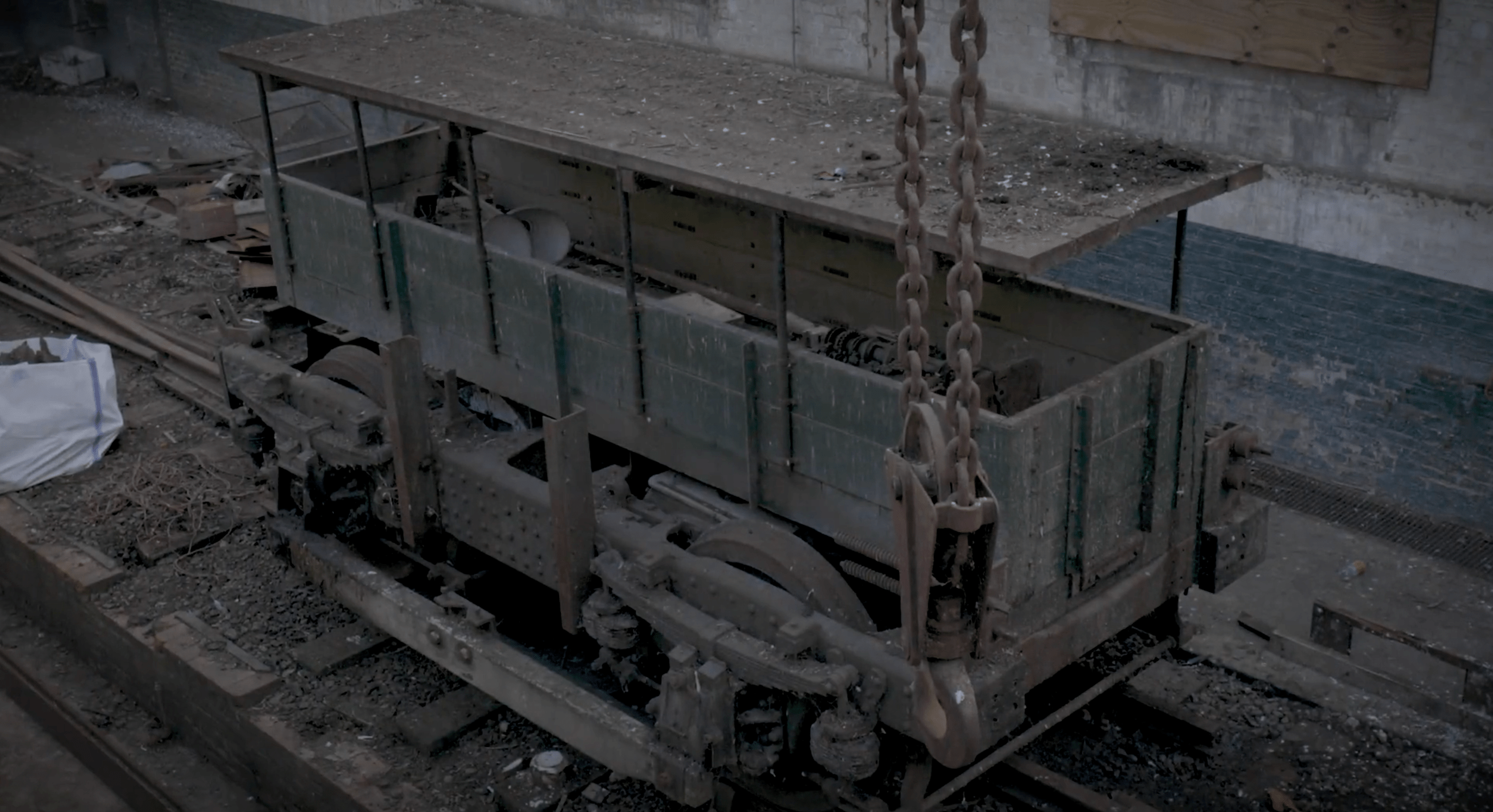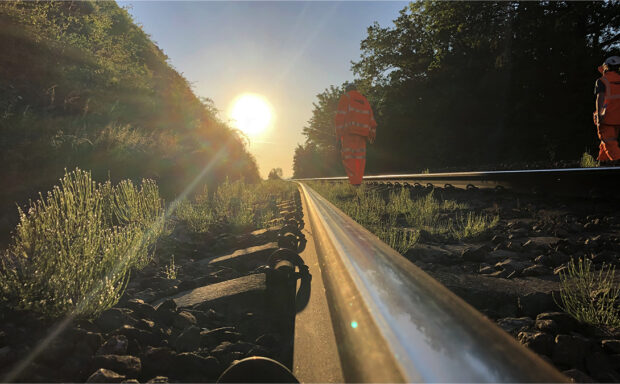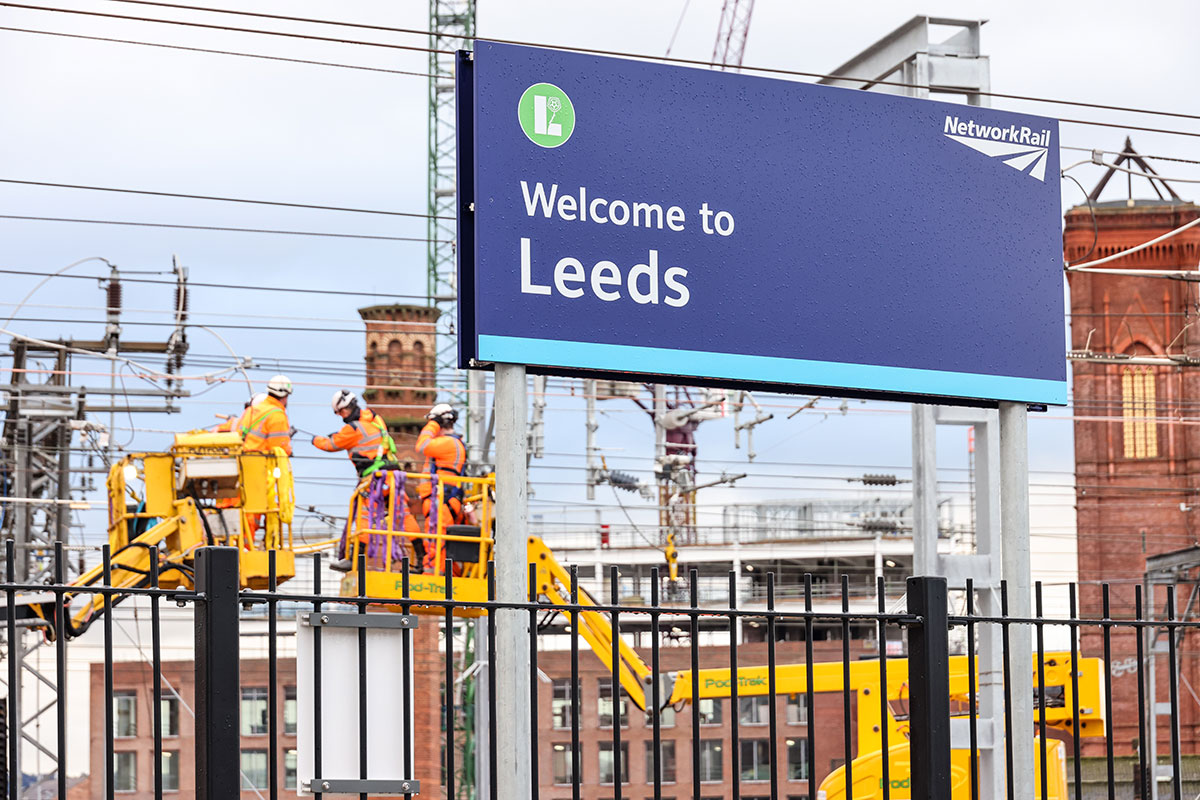Our railway is full of fascinating history. And every now and then we find something really special that we can help give a new lease of life.
Like the testing equipment dating from the early days of electrification that we discovered during work at Willesden Junction in London.
We recently demolished an old substation next to the railway line heading into London Euston. It hadn’t been used for decades because it wasn’t useful to the modern railway.
We often explore options with The Railway Heritage Trust to convert old buildings for practical, community use, including cafes, bars and facilities for passengers.
We couldn’t do that in this case because the building was rail-locked, meaning it was very close to the tracks and had no safe access for the public.
That meant we needed to take it down safely before any debris from the decaying building fell onto the nearby tracks and disrupted your services.
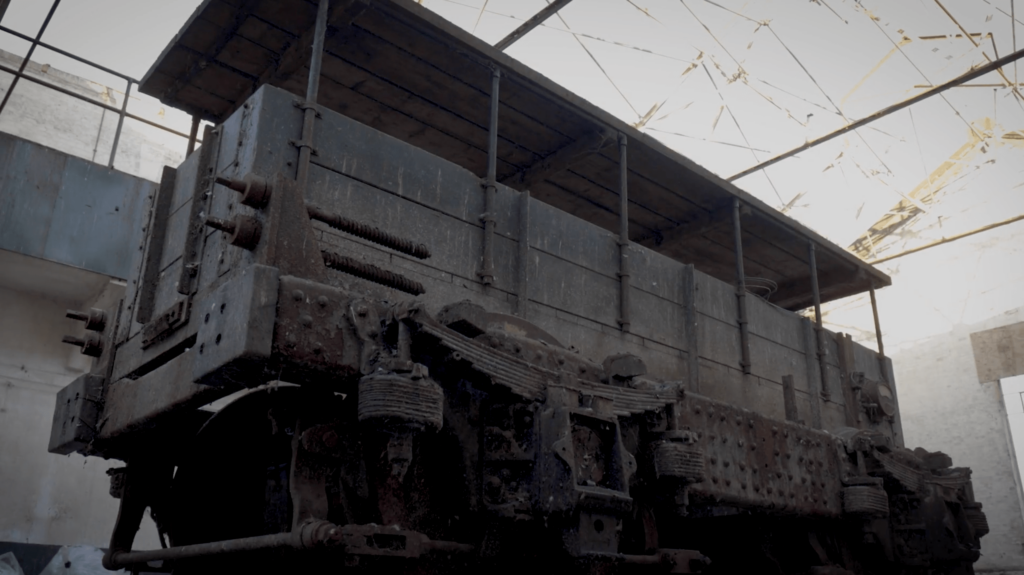
Peter, Lord Hendy of Richmond Hill, chair of Network Rail, said in December: “Clearly, this building has no further use and, in fact … left to decay. Sooner or later, it will threaten the real railway, which is a few yards away … We need to make progress.”
But the post-WWI substation housed unique railway history. Inside, we found a DC testbed consisting of a wagon, tracks and third rail electrification on the floor. It was used to test the tech of taking power from the third rail rather than from the overhead line equipment that we see on much of our railway today.
A new home
We couldn’t look after this piece of history. But we knew there would be enthusiasts and historians out there who would be keen to give it a new home. One where visitors could come and enjoy it and learn about how the railway has changed over the past 200 years.
So we did everything we could to save the equipment for generations to come. We took the opportunity of a planned line closure in December to lift the artefact out and start taking down the building.
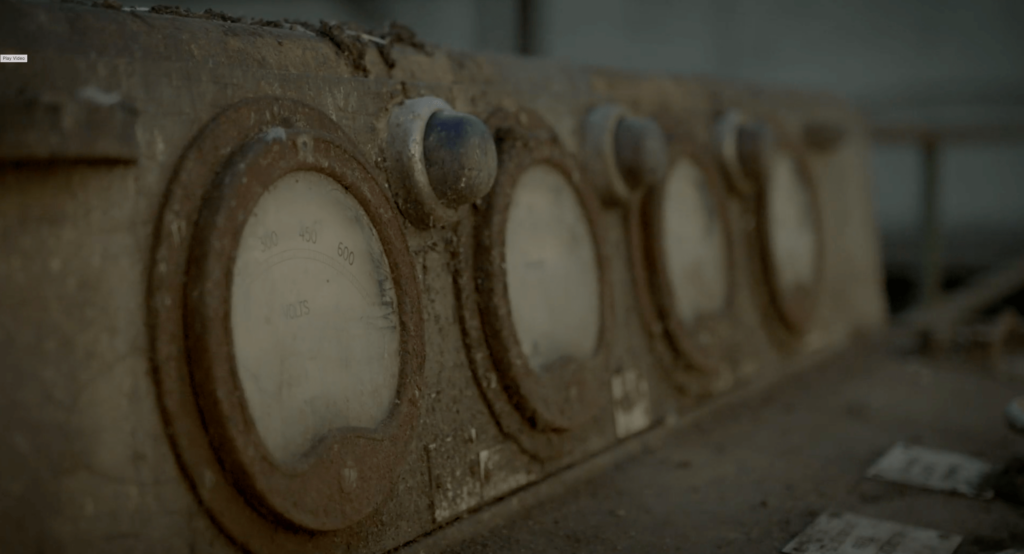
Lord Hendy said: “In the course of making progress, if you can keep stuff which is historical, which demonstrates the history of the railways, why wouldn’t you do it?”
The substation was built in about 1916 and was one of 10 substations built for the electrification of the London and North Western Railway, according to London’s government website. The brick building had no heritage designations, meaning it was not considered of historical or architectural significance.
